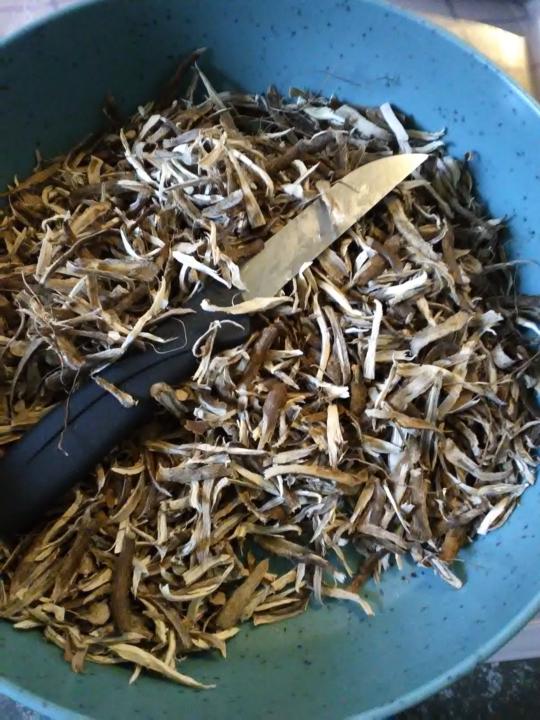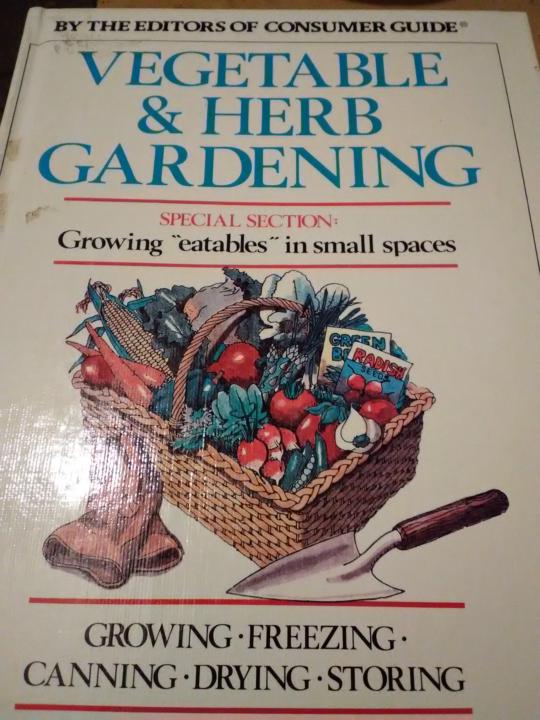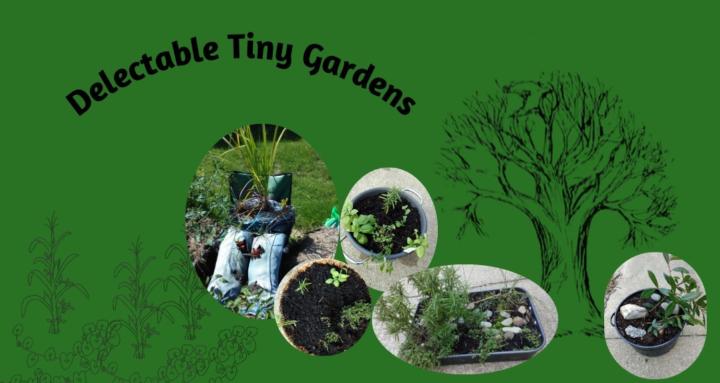Workshops and Chats
The live events schedule can be found in the Calendar section. Just click on Calendar in the menu. Then click on the link to join the live event. For the month of December, we have Garden Chat on Fridays and The Year Builder Framework Workshop on Saturdays. All events start at 2pm Eastern Time.
0
0
Oh, Those Blackberries
Digging the blackberries out of the garden was a chore, But it served dual purpose. I am still chipping blackberry root to make medicinals. You don't need fancy equipment. Just a bit of grit and creativity to turn problems into abundance. What problems have you turned into abundance? We could all use more ideas.
0
0

Cancel Garden Chat
I am so sorry. It is 1:30 on Friday Dec 5 and I had an emergency pop up last minute. Garden Chat will be on schedule next Friday.
0
0
My Favorite Garden Book!
I found this book on discount when I was in college. I would have to say that this might be the best investment that I have ever made. Investing in knowledge and skills is always a good investment. Vegetable and Herb Gardening was published by Consumer Guide. This copy is printed on newsprint and bound in hard back. The pages are yellowed and brittle, but this is still the first book that I reach for. It has a bit of everything that you need for successful resiliency gardening from growing, to harvest, to preserving. This is geared more towards conventional style gardening, but the information is easily translated to tiny gardens.
0
0

Even The Big Garden Here Is Tiny
The biggest garden that I am working with right now is a raised bed that is 3 feet wide and 12 feet long. This is the demonstration garden for the Garden Planner and Design Workshop. This phase 1 garden is nearing its completion point with me slowly filling the bed with beautiful, rich soil. It doesn't have to be complicated or expensive. I fill the bed up every year with the leaves that fall from the trees, the small twigs, and any compostable material that won't attract critters. I buy eggs in paper cartons so they can go in there as well. The ash from the wood fires that I burn for ceremony and outdoor cooking is a good mineral source but don't over do it. Lawn clippings can be a good nitrogen source when they are mixed in with dry material. This year we had some grassy hay left over from other projects, so that went in the raised garden as well. The cautions: Watch out for herbicides. If any of the material has herbicide residue, it can kill vegetables. Weed seeds in the material that you put in the bed can cause issues next year. The soil that you are building can go out of ph balance. If you put crop residue in the bed, be sure that you are following crop rotation principles with the residue as well as with the crops. I put tomato and potato residue in one section of the bed. Next year, I will be careful not to plant tomatoes or potatoes in that area.
0
0
1-13 of 13
powered by

skool.com/delectable-tiny-gardens-4555
This is your community to playfully explore the journey towards food and health resiliency and security in tiny spaces even if you have no experience.
Suggested communities
Powered by

